Print History: Abhijit Gupta- Book History in India
Abhijit Gupta is one of the leading practitioners of book history in twenty-first century India. He looks back at the work done in the past twenty years and considers the challenges ahead in a conversation with Murali Ranganathan
22 Dec 2020 | By Murali Ranganathan
When did you realise that you had evolved into a book historian from a professor of English literature? How did the evolution happen?
It happened the other way around. I started teaching in an English department in 1999 and prior to that I had completed a PhD during 1994-96 on the publishing histories of some women novelists in late 19th-century England. But when I started my doctoral research in 1994, I was not even aware that a discipline called book history existed. So you could say that this was a classic instance of speaking prose without knowing it.
I have a dim memory that after doing five years of hardcore English Literature in Jadavpur University as a student, I was heartily sick of the discipline, and its obsession with text-based analyses to the exclusion of everything else.
Then I worked on the copy desk of The Statesman for a couple of years and it was a salutary lesson in understanding how the printed word is underpinned by this massive ecosystem of invisible labour. So after a while I wrote a tentative research proposal on women writers of the Victorian period, female friendships and networks of collaboration. That morphed into a more straighforward proposal about the publishing histories of women novelists who were bestsellers in their time but then dropped out of the canon, people like Rhoda Broughton, Margaret Oliphant, Ouida, Marie Corelli and so forth.
I returned to the newsroom for another couple of years before finally landing a lectureship at Jadavpur University in 1999. By then, book history had been introduced as an optional half-paper in the English department. So I found that the English department I had joined was hospitable to book history.
You have written and published widely. Could you provide a brief overview of your publications? Which of your books do you consider the most important?
Not as widely as I could have or should have. For the last six–seven years, I have been preoccpupied with running the Jadavpur University Press at the cost of writing. A small monograph is due to be published next year from Cambridge University Press titled The Spread of Print in Colonial India: Into the Hinterland. It looks at the dispersal of print in Eastern India from nodes such as Serampore and Calcutta. I am happy that Swapan Chakravorty and I were able to do the Book History in India series since it provided a showcase for the then nascent Indian book history. Likewise, I am pleased with the work we were able to do as a team for the Oxford Companion to the Book.
But if I were to point to the work which I think is of any consequence, that would be the Bengali bibliography, especially for the 1801–67 period. Along with providing full bibliographical descriptions and title-page transcriptions, the bibliography is also a location register of Bengali holdings in major libraries.
I have been trying to write a full-length work on Printing in Bengal in the 19th century, but I have no idea when it will be finished.
You have co-edited four books on book/print history over the last fifteen years? Can you talk about the genesis of this series and the journey from Print Areas to Founts of Knowledge?
The first volume Print Areas emerged out of a conference at Jadavpur University in 2002, which was probably the first-ever conference on book history in South Asia. Two back-to-back conferences in 2006 – the first sponsored by SHARP, the international apex body of book historians –provided material for the second volume. And so on.
One of the things we wanted to do was encourage the longform article, or indeed, the very long form. Graham Shaw, for instance, has been writing an extraordinary book-length essay in four parts, on censorship in India during the Raj. We have to do at least two more volumes in the series, if not for any other reason than to publish the final two parts of his essay.
One of the things we realised was the extreme difficulty of talking about a ‘national’ book history in India. A decade ago, there were all these multi volume projects such as the ‘History of the Book in England/ Australia/ France/xyz’. Could we talk about a similar project for India? How does one connect the history of the book in colonial India with post-colonial South Asia? Can there be a common methodology? Then there is the question of manuscript culture. Early Book History assumed that the histories of the manuscript book and the printed book could be kept neatly apart. We now know that this is not the case, especially in South Asia. We look at our series as an exploration of these questions.
What is the role of serendipity in book/print history? What do you consider to be your important discoveries?
Well, serendipity is only possible if you have access to archives, library stacks and so forth. There is a lot of uncatalogued material, or sometimes miscatalogued material, which still pops up. Let me give an example. Several years ago, I was working in the Archives of the Baptist Mission held by the Regent’s Park College in Oxford. I was chiefly looking for imprints of the Mission Press at Serampore. I thought I had a fairly good idea about what they had published but then I came across an entirely unknown article, a Bengali translation of the first book of Virgil’s Aeneid by a young student at Fort William College, one Henry Sargent.
I then found that there were stray mentions of the book in some catalogues but no one had actually located a copy for over a century. I contacted Graham Shaw at the British Library and he went down into the stacks and retrieved two copies, but it turned out that they had been miscatalogued as an English translation of the epic as the first title-page had been in English!
The Sargent discovery was tremendously exciting, as he now became a contender for one of the pioneers of Bengali prose. We did a new edition of the work from Jadavpur University Press, and I do hope that he will get his due place in the history of Bengali letters.
More recently, I have come across several manuscript volumes of a nearly-complete English translation of the Mahabharata by the orientalist HH Wilson and his associates, carried out half a century before the first published English translation of the epic by Kisari Mohan Ganguly. But this is way out of my league – I am not a Sanskritist – and it is impossible for one person to research this adequately.
Let’s see where it goes. There is miscataloguing even in some of the most well-known libraries and depositories, especially in the case of manuscripts. Recent digitisation projects have the potential of unearthing key texts which may not have been looked at before.
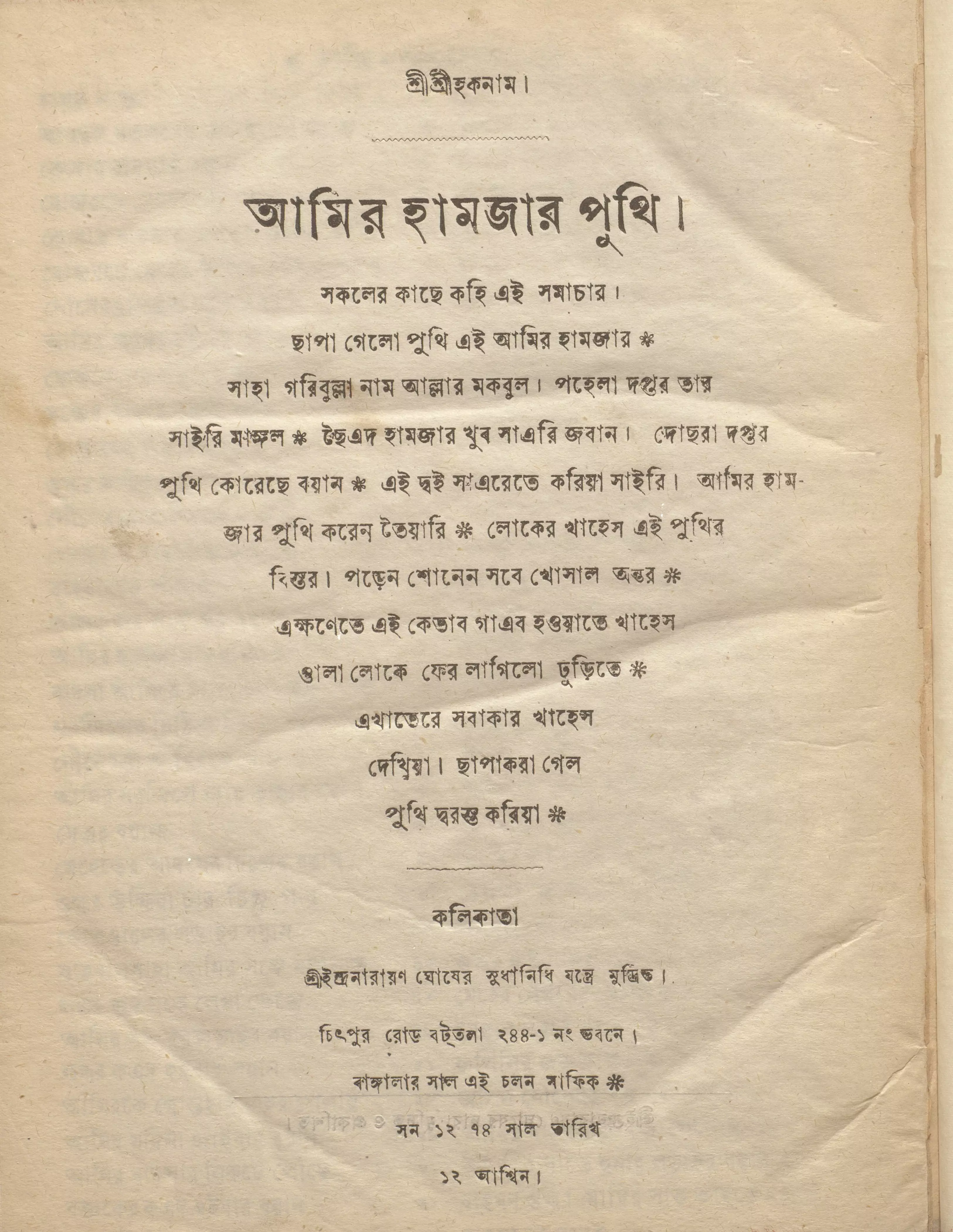
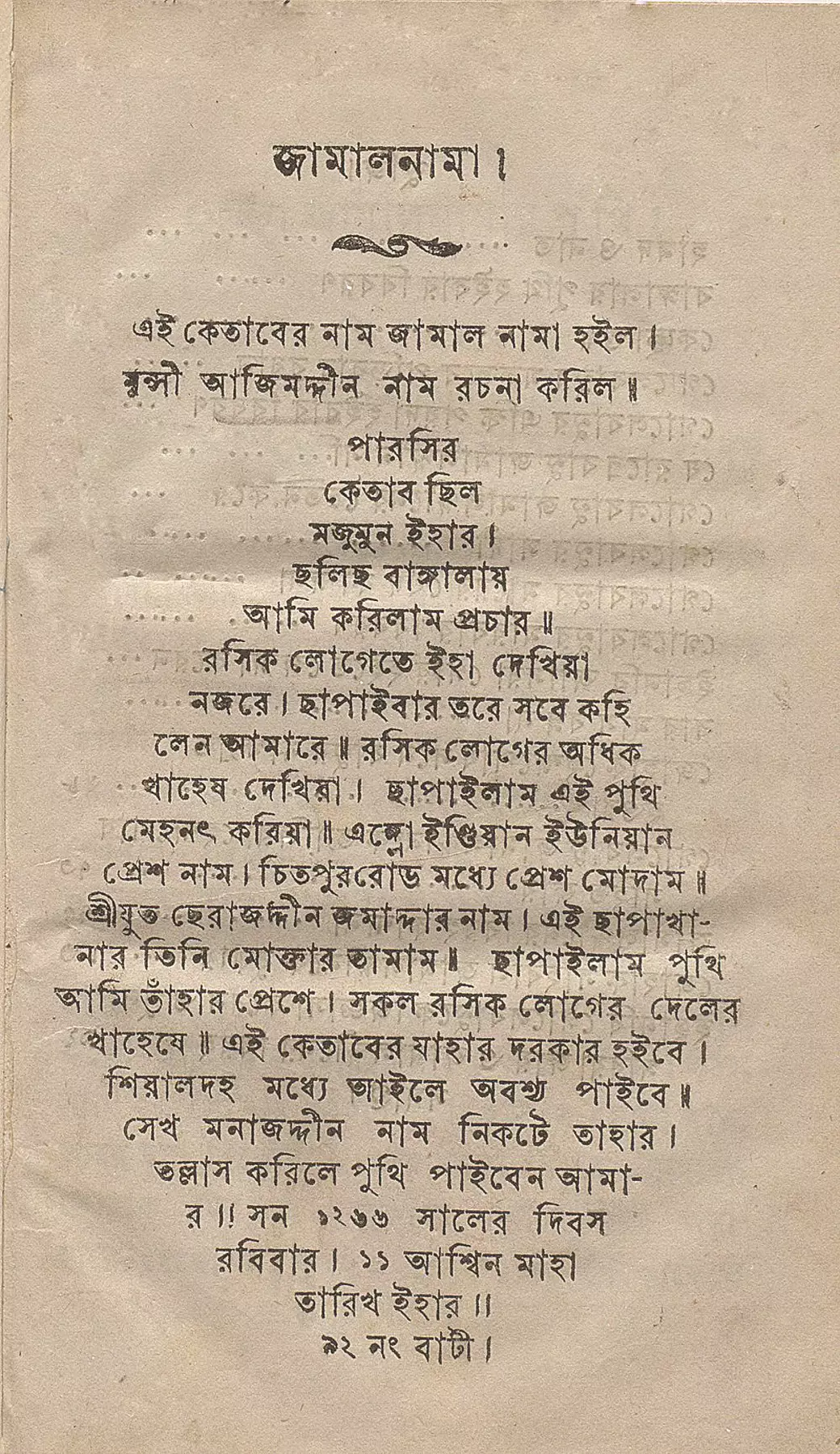
Early Bengali Imprints: Amir Hamjaar puthi (left) and Jamla nama
How has the vocation of print/book history changed over the decades? How do you see it evolving over the next few years, especially in the Indian context?
One of the interesting things about book history in this part of the world was that it was well and alive much before book history emerged as a discipline. There were book historians who were speaking prose without knowing it. In Bengali, one thinks of Sripantha, Sukmar Sen, and Munstasir Mamoon, to name just three out of a storied list. There are many independent scholars, collectors, and antiquarians who have been working outside any institutional framework and I think it is important to recognise their contribution to the field.
But now that book history has begun to be taught in Indian academia, there is a large tent for everyone who would like to be part of it. Uniquely in the humanities, book history is essentially a collaborative enterprise, as opposed to the figure of the solitary scholar ploughing his lonely furrow. The independent researchers I mentioned have been working more in the ‘solitary scholar’ vein, but now there are more opportunities for people to work together. That is where I see Indian book history going in the next decade or so: there are a number of young scholars doing very exciting work (which we are in fact featuring in the forthcoming volume of the Book History in India series) and I hope they will be able to create a more collaborative ecosystem of research.
Who are the print/book historians whose work has impressed and influenced you most?
There was a recent Twitter thread about this, and my list was quite long and incomplete: DF McKenzie (though I never had the good fortune to meet him), David McKitterick, Graham Shaw, Isabel Hofmeyr, Fiona Ross, Swapan Chakravorty, Sydney Shep, Gautam Bhadra, and Matt Kirschenbaum.
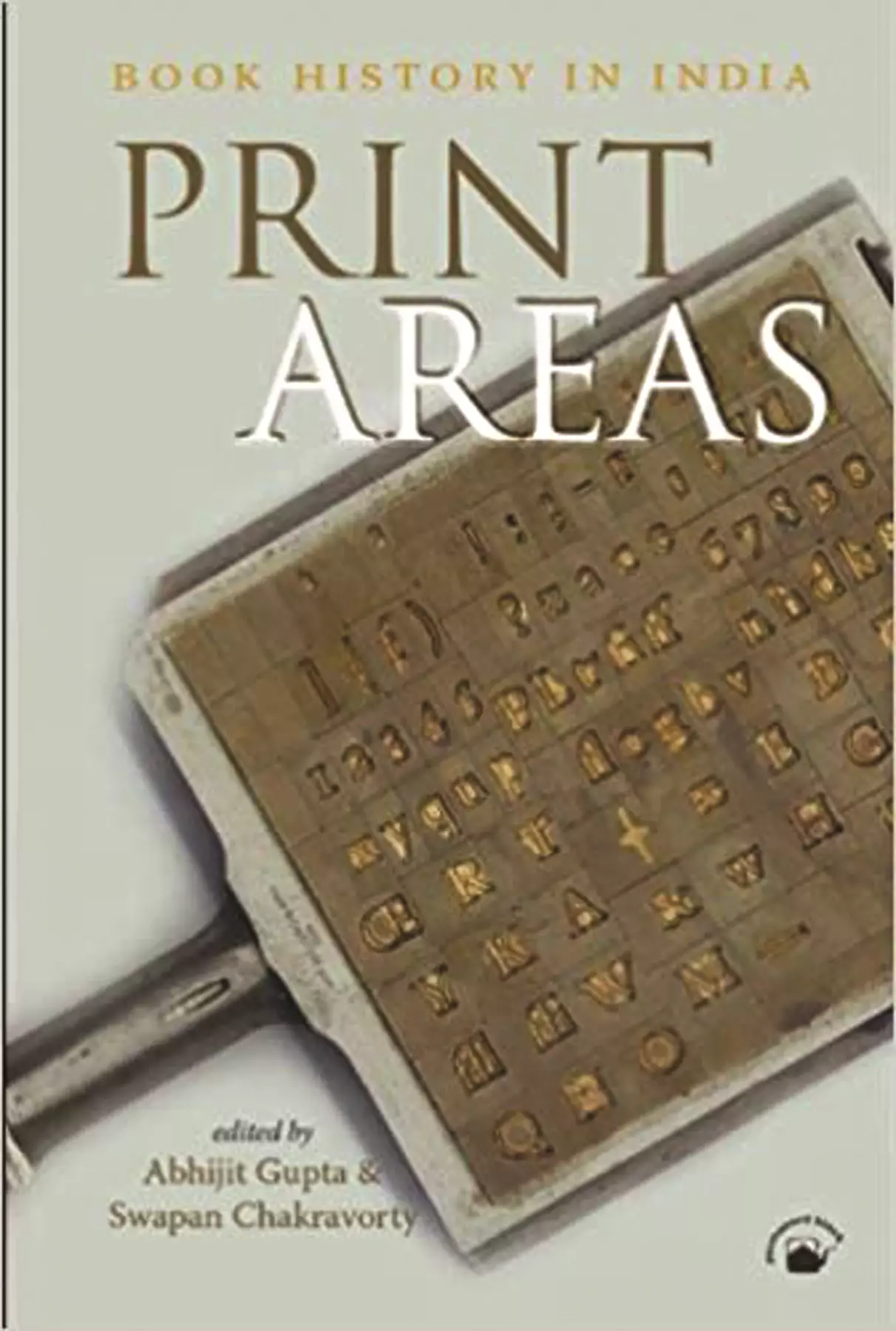
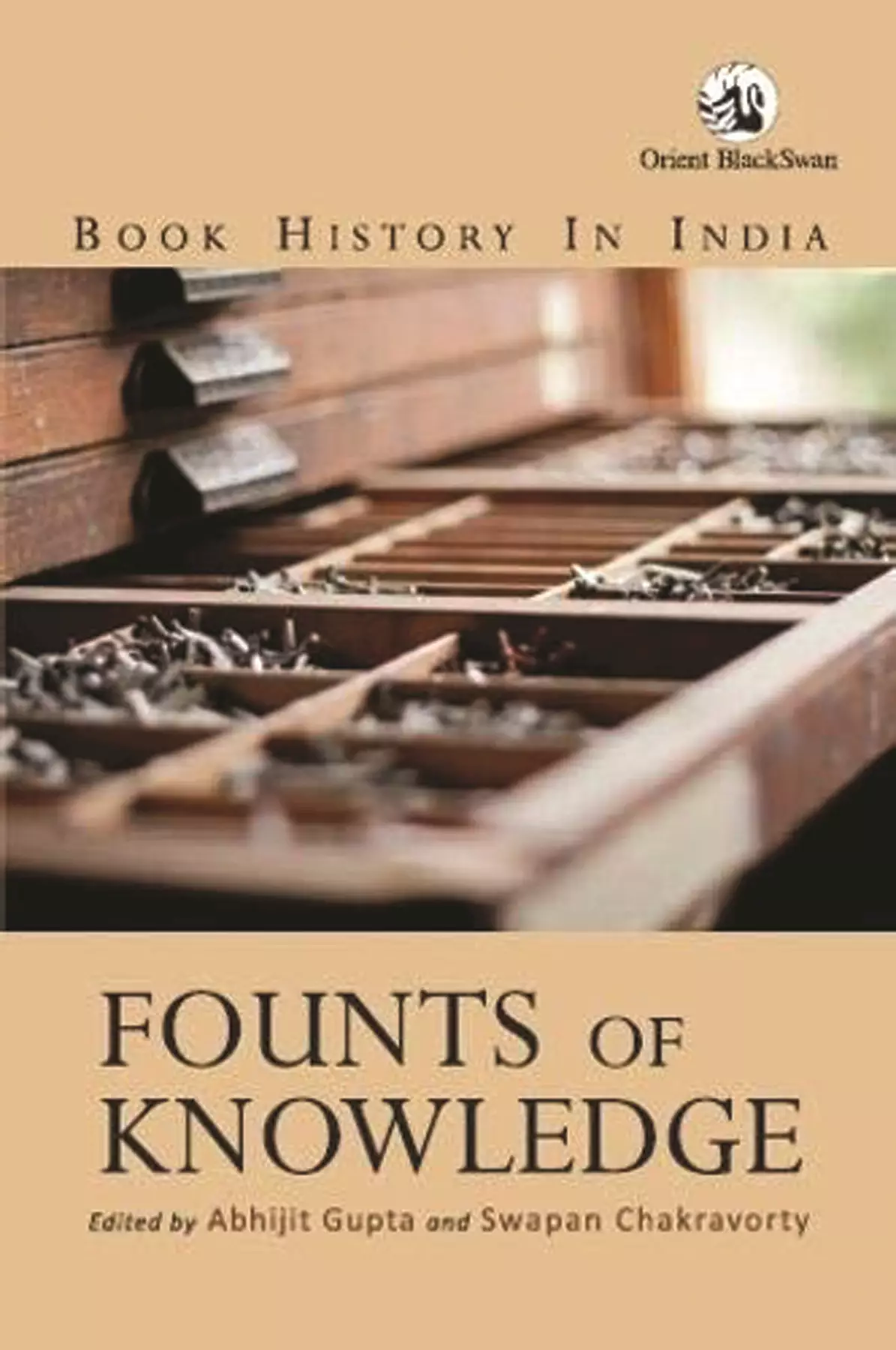
Who do you think are the notable historians among your contemporaries and the newer generation?
I have long admired the works of Francesca Orsini, Rimi Chatterjee (though she doesn’t do Book History any more), Prachi Deshpande, AR Venkatachalapathy and Ulrike Stark. I am particularly heartened that a brilliant new group of scholars are emerging. I haven’t read a great deal of their work but I keenly look forward to reading the likes of Charu Singh, Ammel Sharon, Aakriti Mandhwani, among others.
Is the compilation of bibliographies and book-lists, very much a part of the mid-twentieth century genre of print history, still relevant and practical in the twenty-first century?
I am afraid they are, especially for South Asian languages where we lack bibliographical control, particularly in the pre-1867 period. Something like a short-title-catalogue is needed, as well as a location register, in every South Asian language. But this is boring and dusty work, and might not have too many takers. Libraries can play a role here, by putting out reliable, online, catalgoues. The card catalogues are in desperate need of overhaul: in many major Indian libraries, requisition slips are more often than returned with the dread initials: N/F—not found!
How important is collaborative work in producing print history, especially while working on projects which call for a range of language and script skills?
Collaboration is key in book history in South Asia where multinlingualism is the norm. Most of the major centres of print in South Asia printed in a number of languages and scripts. Unless one is completely possessed by the shade of Harinath De, the first-ever Indian librarian of the National Library who was fluent in a small matter of 34 languages, one has to work in a collaborative environment. But we still have to create an ecosystem where that is possible.
Has print history become an easier vocation to practice in the age of the Internet? How have sites like Google Books, archive.org and many others changed the writing of print history?
Yes, and no. One of the good things about sites such as the ones you mention is that it is easier to check primary sources. One can also check if such sources have been properly and scrupulously used by past scholarship. On the other hand, most of these sites have little or no material in Indic script. Whatever there is cannot be searched by keywords. This results in the privileging of a Roman script-based corpus of sources, to the detriment of Indic-script material for which you still have to go to the bricks-and-stone library. And thanks to the pandemic, no one has been able to use libraries for much of this year.
Is print history now less about print objects, but more about the people who create and consume them, and exploring the contextual practices which frame this creation and consumption?
I think it has to be about all of the above. The study of print objects, as and when they are available, has a sophisticated history with the necessary methodological rigour. Studying contextual practices is perhaps more challenging, since they require expertise in a wider range of areas. How does one, for instance, study the late-19th century advances in print technology without looking at venture capital and stock markets? How does one study the circulation of books in the post-globalisation period without some understanding of international and interfirm trade? And of course, that maddening creature in this whole chain, the reader. How on earth does one study the history of reading, since readers rarely leave records and memorials of their reading?
Is there work being done in the history of print technology? Especially type design and type foundries?
In recent years, I have been familiar with the excellent work being done on type design at Reading University by Fiona Ross, along with the likes of Vaibhav Singh. In Kolkata, a group led by Susnato Chowdhury is trying to put together a history of type foundries, the last of which recently shut shop in this part of the world.
Why are there so few print museums in India? Your thoughts the relevance of museums and on how this situation can be changed?
When the National Library in the then Calcutta shifted to a new building within the Belvedere premises, there was some progress with a Museum of the Word at the old building. But that vanished with the change in the central government. A trust of citizens has been recently formed in Kolkata to set up a print museum. Let’s see how it works out.
Abhijit Gupta
Professor, Department of English Jadavpur University, Kolkata 1967 Born in Calcutta, West Bengal

1989: BA (English), Jadavpur University
1991: MA (English), Jadavpur University
1992–93: Sub-editor, The Statesman
1996: PhD, Cambridge University
1997–99: Assistant Editor, The Telegraph
1999: Joined the Department of English, Jadavpur University
2004: Co-edited Print Areas: Book History in India (Permanent Black)
2007: Charles Wallace India Trust Award
2008: Co-edited Moveable Types: Book History in India 2 (Permanent Black)
2008–13: Member, Board of Directors, Society for the History of Authorship, Reading and Publishing (SHARP)
2009: Fulbright Senior Research Fellowship
2011: Research Fellowship from the Bibliographical Society of America
2011: Co-edited New Word Order: Transnational Themes in the History of the Book (Worldview, Calcutta)
2012: Director of Jadavpur University Press
2013: Co-edited A Facsimile Edition of H. Sargent’s Bengali Translation of Aeneid 1810 (Jadavpur University Press)
2016: Co-edited Founts of Knowledge: Book History in India (Orient Blackswan)
2017: Organized the conference The Book Unbound: Two Centuries of Indian Print, at Jadavpur University


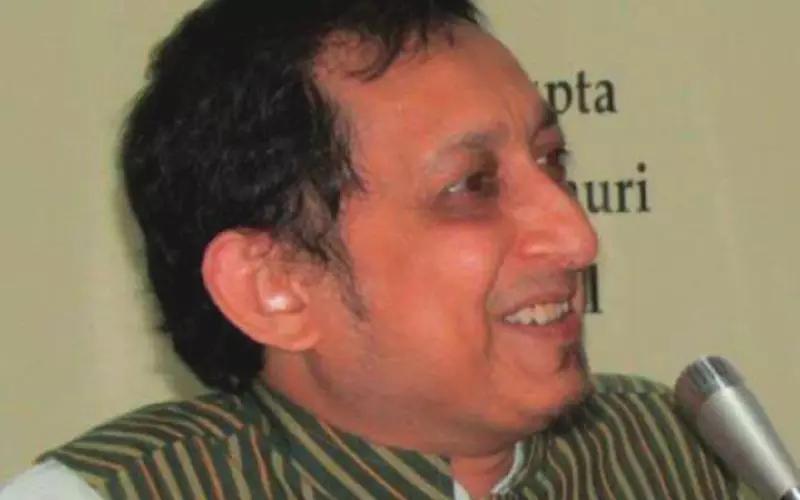








 See All
See All